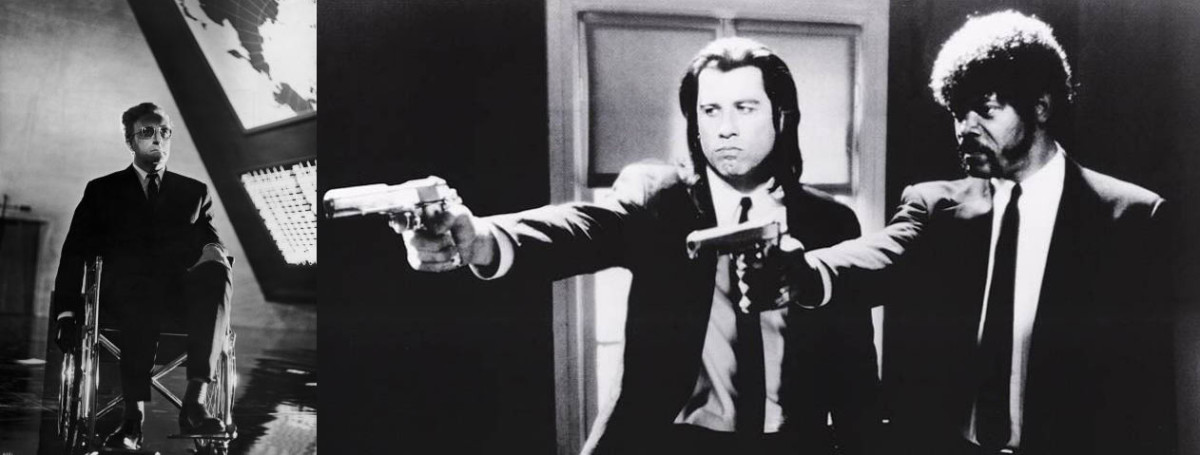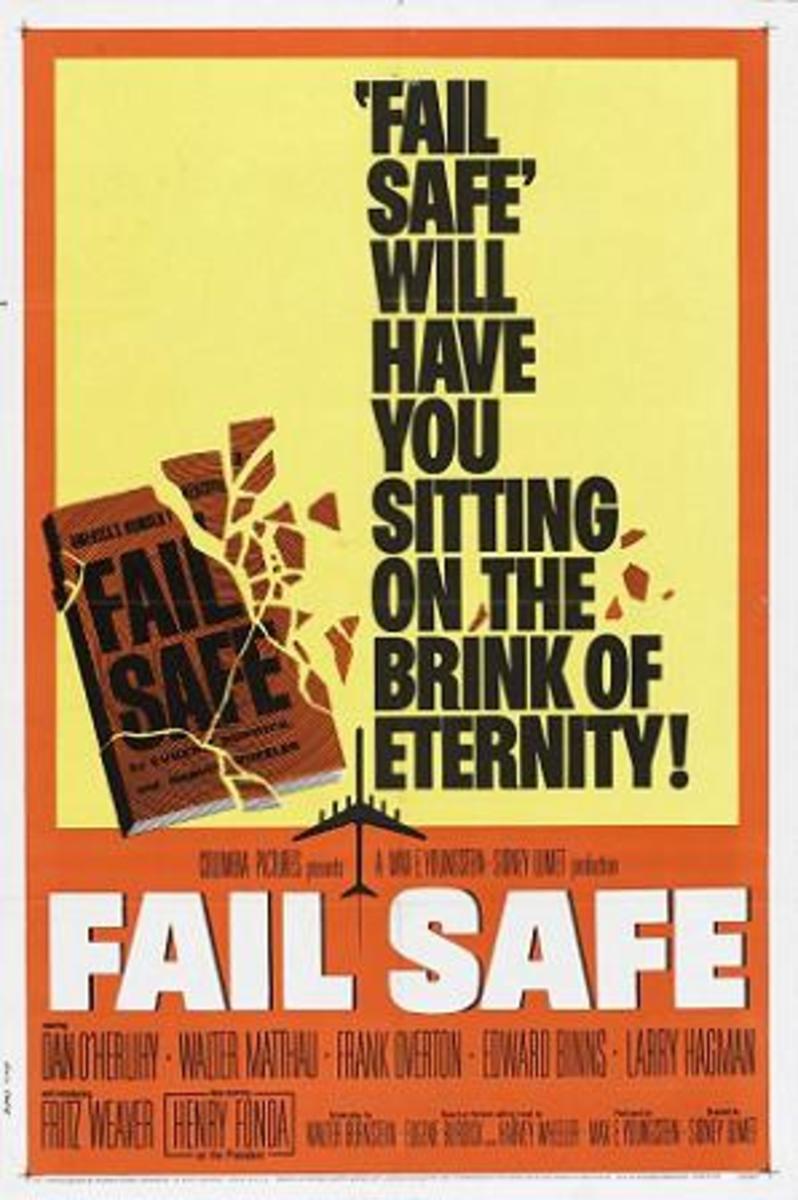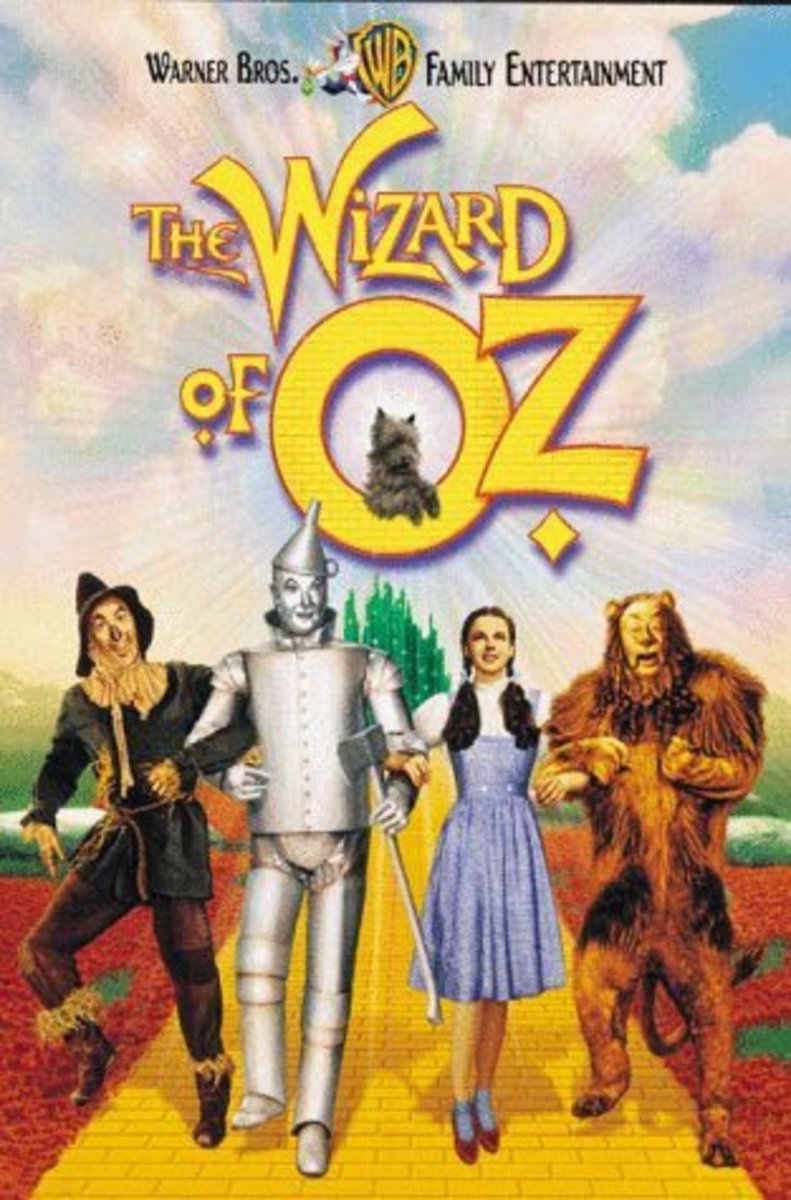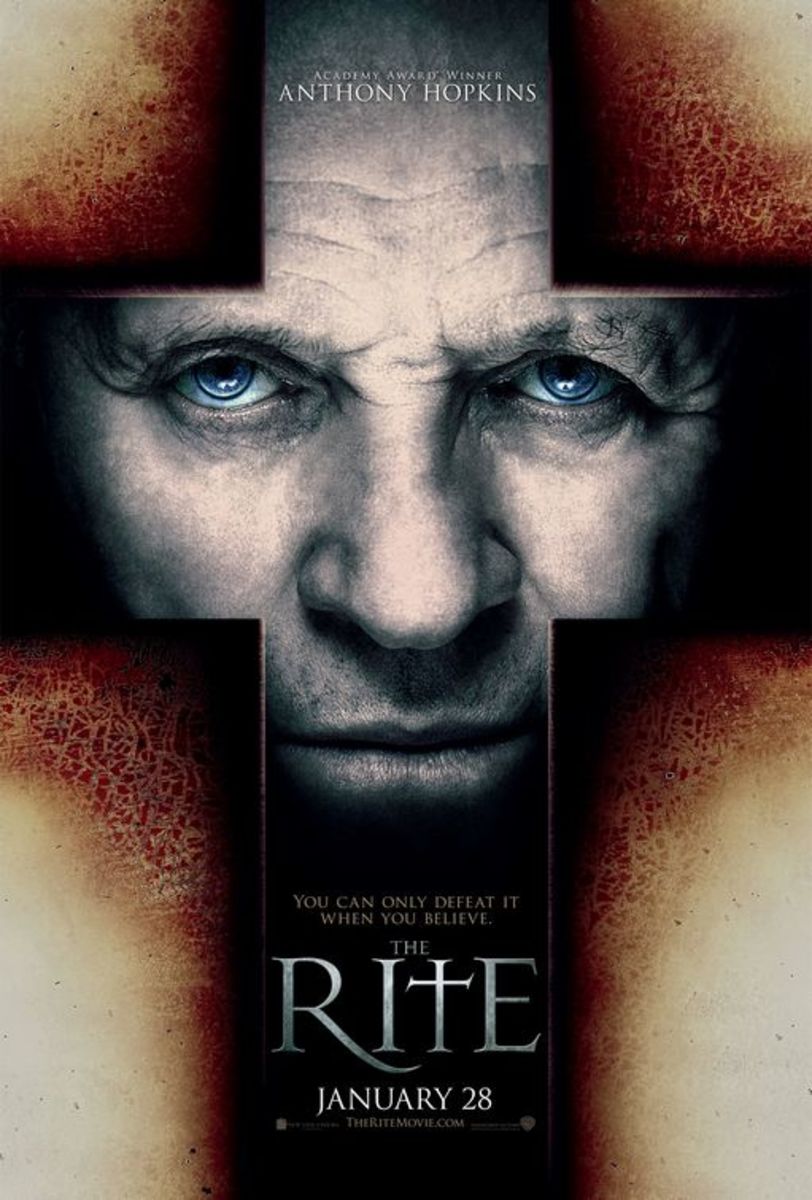Dr. Strangelove (1964) - An Illustrated Reference
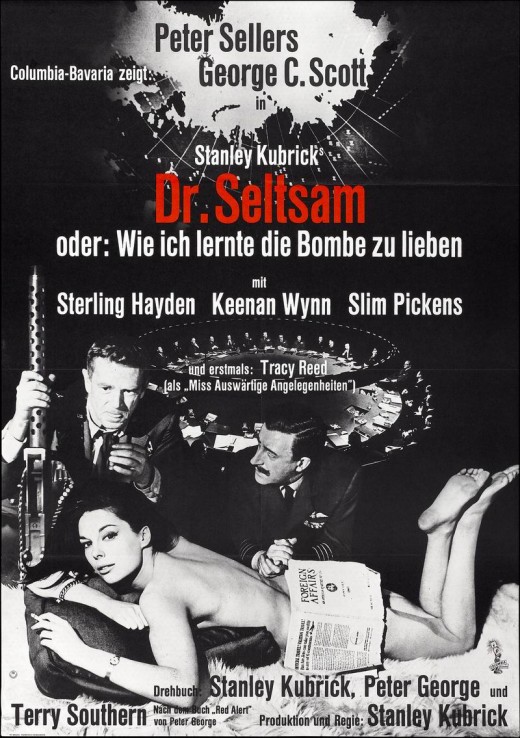
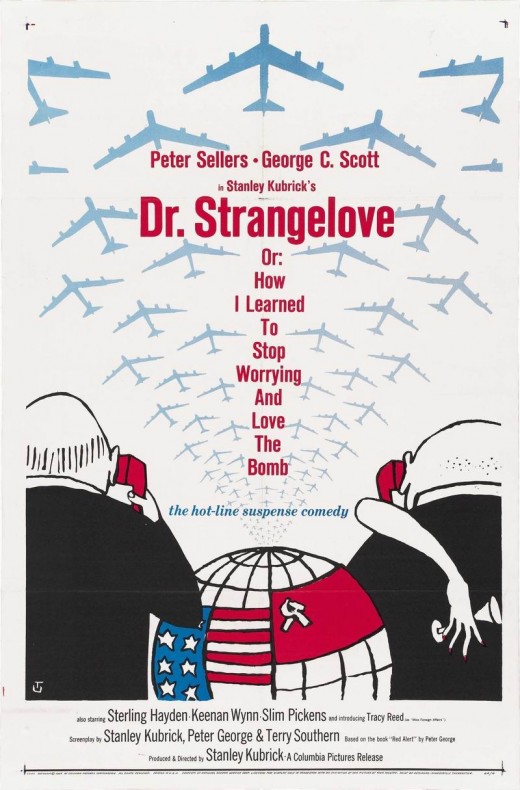
Dr. Strangelove or: How I Learned to Stop Worrying and Love the Bomb was directed by Stanley Kubrick and premiered on the 29th January 1964. It starred Peter Sellers, George C. Scott, Sterling Hayden, Keenan Wynn and Slim Pickens. Screenplay by Stanley Kubrick, Terry Southern & Peter George. Based on the novel “Red Alert” by Peter George. Music by Laurie Johnson. 95mins.
Insane US Air Force General Jack D. Ripper sends his B-52 squadron to nuke Russia and only he has the code to recall the bombers. President Muffley is on the hotline to Moscow explaining the situation and urging them to shoot down the bombers before they reach their target. Soviet Premier Kisov tells him that if the Soviet Union is attacked with nuclear bombs it will trigger the Doomsday Machine, Russia’s ultimate weapon which would destroy all life on the planet.
Stanley Kubrick (1928-1999) was interested in making a film about a 'nuclear accident', the novel “Red Alert” was recommended to him, Kubrick read it and was intrigued by it's plot involving a mad man triggering WWIII, he immediately bought the rights to film it. At first he intended to make a serious movie but than started seeing it as a “nightmare comedy” a satire about the end of the world.
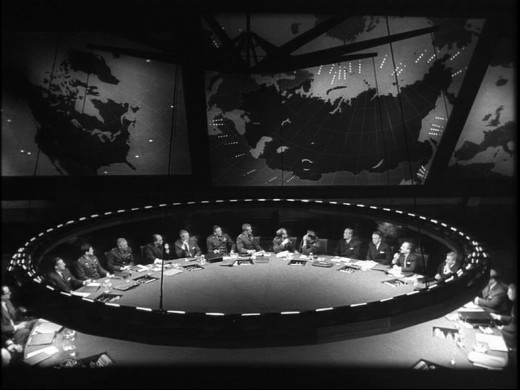

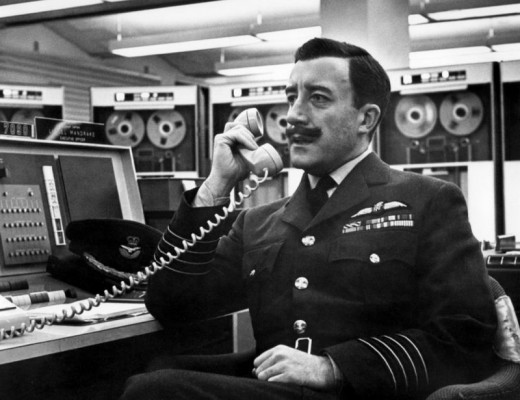
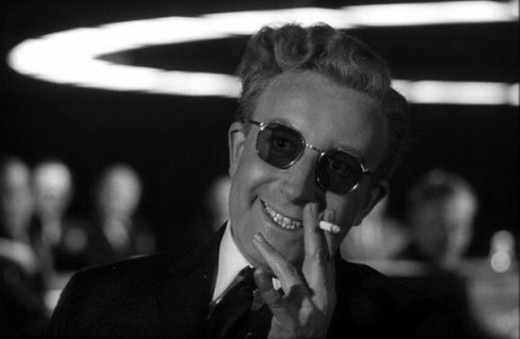
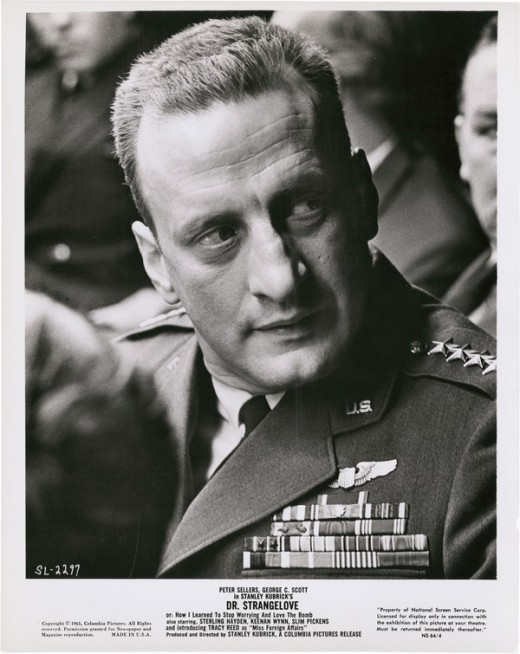
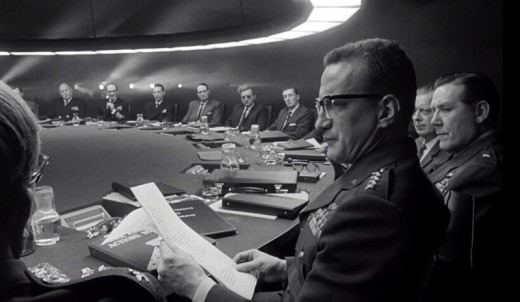
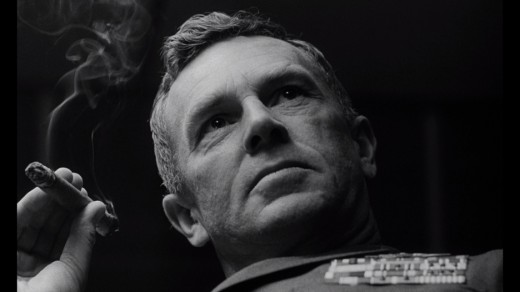
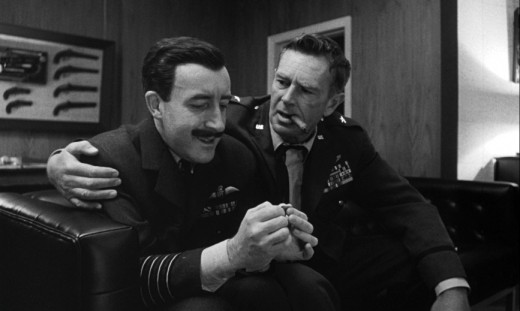
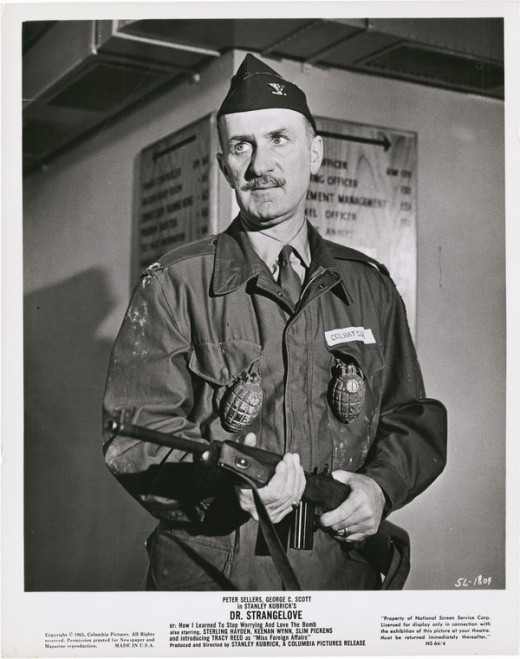
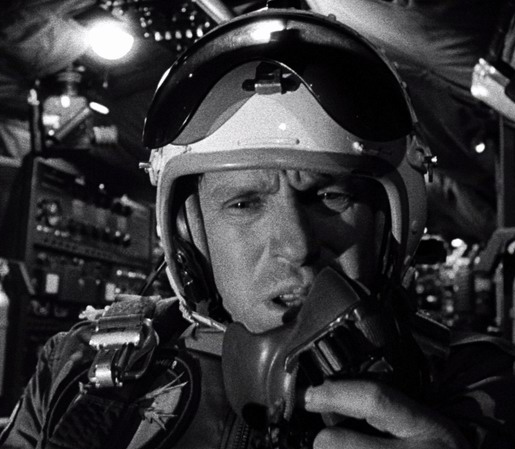

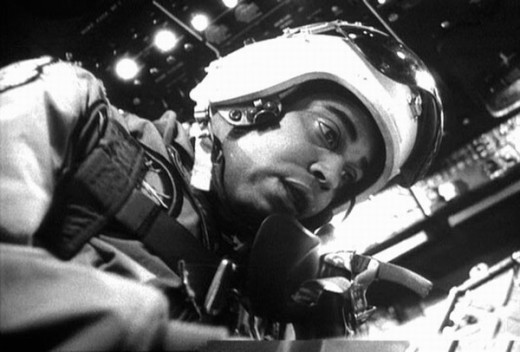
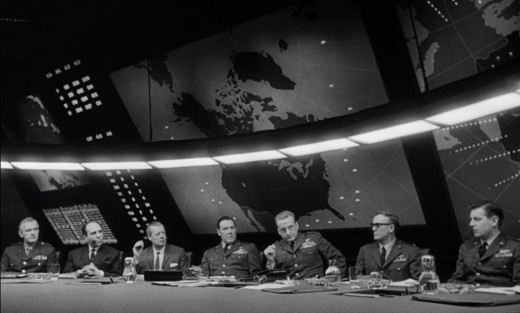
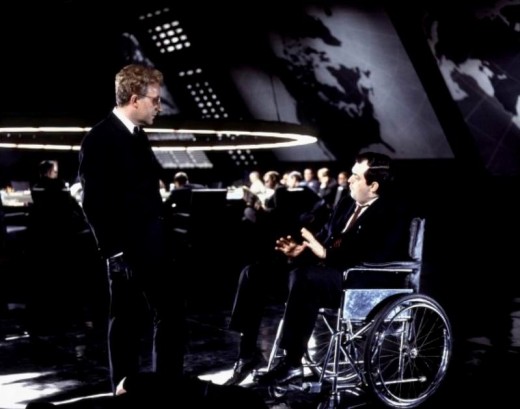
President Muffley: Gentlemen, you can't fight in here! This is the War Room.
Peter Sellers (1925-1980) plays three different roles in the film – British Group Captain Lionel Mandrake, US President Merkin Muffley and crippled German scientist and Muffley’s war room advisor Dr. Strangelove.
Group Captain Mandrake is General Ripper’s executive officer, he tries his best to get the General to give him the recall code.
President Muffley, anxious to avoid a nuclear war phones the Russian Premier and tells him to shoot down the bombers before it’s too late.
Dr. Strangelove recommends that thousands of US citizens be relocated into deep mine shafts where the radiation from the impending nuclear holocaust cannot penetrate so that they can repopulate the USA at some point in the future.
Born in Hampshire, England, Peter Sellers first found fame on the BBC radio comedy The Goon Show (1951-1960) before moving on to films including – The Ladykillers (1955), The Mouse That Roared (1959), Lolita (1962), The Pink Panther (1963), A Shot in the Dark (1964), Casino Royale (1967), The Party (1968), Return of the Pink Panther (1975), Pink Panther Strikes Again (1976), Murder by Death (1976), Revenge of the Pink Panther (1978) and Being There (1979).
George C. Scott (1927-1999) / General ‘Buck’ Turgidson, tells the President that this is an opportunity to launch a full scale attack on the Soviets and destroy their missiles before they can retaliate. The President is horrified at his suggestion. “You're talking about mass murder, General, not war!” Turgidson replies: “Mr. President, I'm not saying we wouldn't get our hair mussed. But I do say no more than ten to twenty million killed, tops, depending on the breaks.”
Born in Virginia, USA, George C. Scott won an Oscar for his vivid portrayal of Patton (1970) but he refused to accept his win stating that he didn’t want to compete with his fellow actors. He received Oscar nominations for Anatomy of a Murder (1959), The Hustler (1961) and The Hospital (1971).
General Ripper: I can no longer sit back and allow Communist infiltration, Communist indoctrination, Communist subversion and the international Communist conspiracy to sap and impurify all of our precious bodily fluids.
Sterling Hayden (1916-1986) / General Jack D. Ripper, an air force base commander who in his insane belief that the Soviets are planning to "sap and impurify" the "precious bodily fluids" of the American people with fluoridated water (a theory that occurred to him during “the act of making love'), sends his squadron to bomb Russia. When the US army invades the base he commits suicide.
Born in New Jersey, USA, Sterling Hayden had also appeared in Kubrick’s The Killing (1956). Among his other films are - The Asphalt Jungle (1950), Johnny Guitar (1954), The Last Command (1955) and The Godfather (1972).
Mandrake: Colonel, I must know what you think has been going on here!
Bat Guano: You wanna know what I think?
Mandrake: Yes!
Bat Guano: I think you're some kind of deviated prevert. I think General Ripper found out about your preversion, and that you were organizing some kind of mutiny of preverts. Now MOVE!
Keenan Wynn (1916-1986) / Colonel Bat Guano. Guano bursts into Ripper’s office, finds the General dead and thinks Mandrake is behind it all.
Born in New York City, Keenan Wynn was a veteran character actor appearing in over a hundred films including – Kiss Me Kate (1953), The Absent-minded Professor (1961), The Great Race (1965), The War Wagon (1967) and The Mechanic (1972).
Major Kong: Well, boys, I reckon this is it - nuclear combat toe to toe with the Roosskies.
Slim Pickens (1919-1983) / Major T.J. ‘King’ Kong the commander of the remaining B-52 Bomber after the others had been shot down or recalled. With its radio damaged the bomber didn’t receive the recall and is continuing its mission.
Kong is in the damaged bomb bay, straddling a nuclear bomb and trying to open the bomb bay doors manually. The doors suddenly open and in the films most famous scene the bomb drops with Kong still on it, he rides the bomb whooping and waving his hat until it explodes.
Born in Kingsburg, California, Slim Pickens can also be seen in Will Penny (1968), The Getaway (1972), Pat Garrett and Billy the Kid (1973), Blazing Saddles (1974) and 1941 (1979).
Rounding out the cast are James Earl Jones (1931-) / Lt. Lothar Zogg the bombardier on board the B-52,
Peter Bull (1912-1984) / Russian Ambassador Alexi de Sadesky.
Tracy Reed (1942-) / Miss Scott, Turgidson’s secretary and mistress and the only girl in the film.
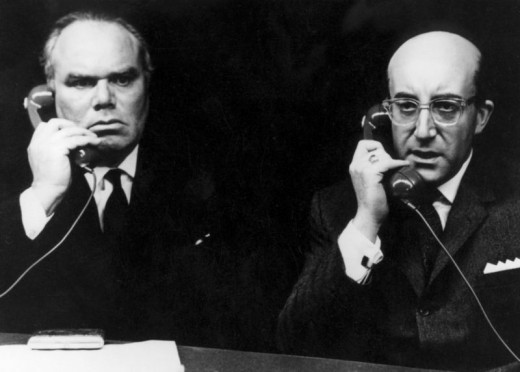
President Muffley: Hello?...Hello Dmitri? Listen I can't hear too well. Do you suppose you could turn the music down just a little?... Oh that's much better... huh... yes... Fine, I can hear you now, Dmitri... Clear and coming through fine... I'm coming through fine, too, eh?... Good, well, then, as you say, we're both coming through fine... Good... Well, it's good that you're fine and I'm fine... I agree with you, it's great to be fine... Now then, Dmitri, you know how we've always talked about the possibility of something going wrong with the Bomb... The Bomb, Dmitri... The Hydrogen Bomb... Well now, what happened is... um... one of our base commanders, he had a sort of... well, he went a little funny in the head... you know... just a little funny. And, ah... he went and did a silly thing... Well, I'll tell you what he did. He ordered his planes to attack your country... Ah... Well, let me finish, Dmitri... Let me finish, Dmitri... Well listen, how do you think I feel about it?... Can you imagine how I feel about it, Dmitri?... Why do you think I'm calling you? Just to say hello?... Of course I like to speak to you!... I'm just calling up to tell you something terrible has happened... Of course it's a friendly call... Listen, if it wasn't friendly you probably wouldn't have even got it...


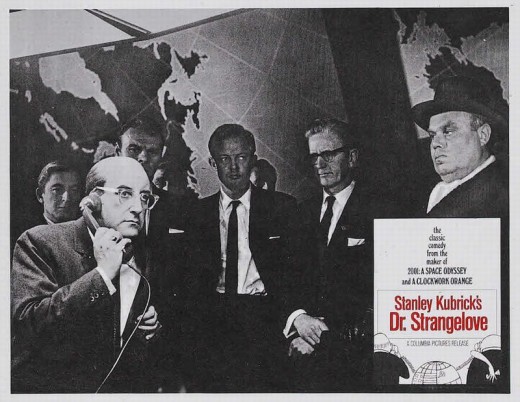
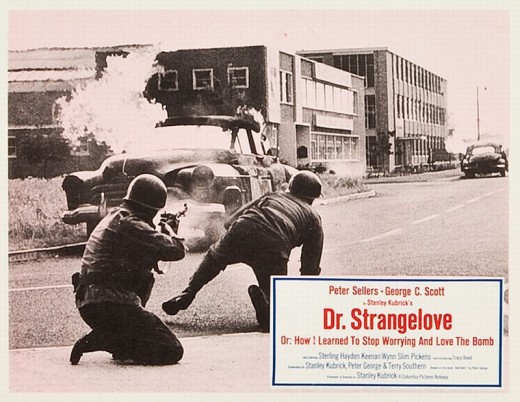
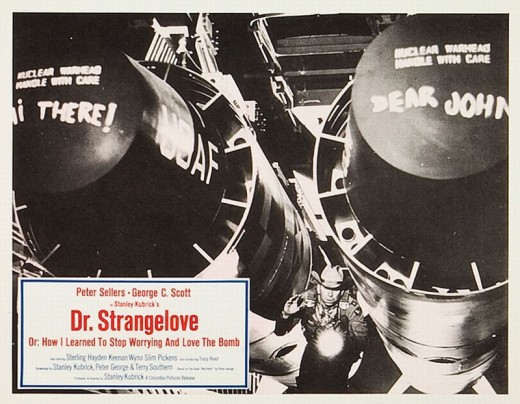
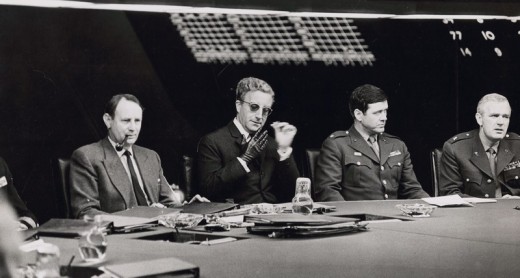

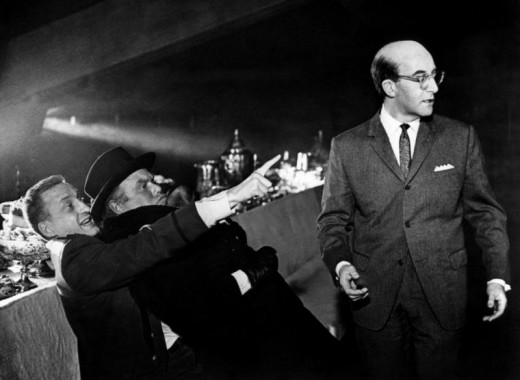


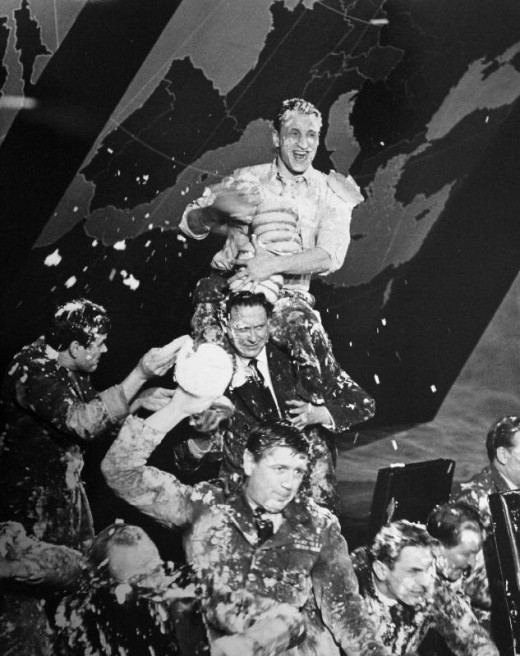
Dr. Strangelove was based on “Red Alert” a novel by Peter George published in 1958. There is no Dr. Strangelove in the book, a serious story about a mad Air Force General who launches a nuclear attack on Russia to make the world a better place, he kills himself before he is captured and all but one of the bombers are recalled, the remaining bomber fails in its mission and armageddon is avoided.
Peter George worked on the screenplay with Terry Southern and Kubrick but he wasn’t entirely happy with the comedic aspects of the movie. He later sued the authors of the novel “Fail-Safe” because it had many similarities with his book. They settled out of court.
The movie version of Fail-Safe was released just months after Strangelove and was directed by Sidney Lumet and starred Henry Fonda. It had good reviews but did poorly at the box office.
Dr. Strangelove was originally meant to end with a pie fight in the war room, which was filmed, but Kubrick changed his mind and cut it out saying the film was a satire not a farce.
Peter Sellers was to have played Major Kong too, but he broke his ankle and also had difficulty with the Texan accent.
George C. Scott wasn’t happy with the takes Kubrick used in the finished film of his character overacting madly and refused to work with the director again. When he falls on the floor on one scene it was an accident, but Kubrick left it in the film.
Turgidson: Hmm... Strangelove? What kind of a name is that? That ain't no Kraut name is it, Stainesey?
Staines: He changed it when he became a citizen. Used to be Merkwürdigliebe.
Turgidson: Well, a Kraut by any other name, uh Stainesey?
Strangelove’s mechanical right arm seems to have a life of its own when it’s not trying to strangle him its making Nazi salutes. Peter Bull playing Soviet Ambassador Sadeski and standing behind Strangelove in some scenes can be seen trying not to crease up at Sellers antics.
A line of dialogue was altered after President Kennedy was assassinated originally Major Kong looks in his survival kit and says “A fella could have a really good weekend in Dallas with all that stuff.” 'Dallas' was overdubbed with 'Vegas'.
The film ends with a montage of real nuclear bomb tests and Vera Lynn singing “We’ll meet again” on the soundtrack. A bleak finish to the blackest comedy ever made.
Dr. Strangelove was nominated for four Oscars – Best Picture, Best Director, Best Actor (Peter Sellers) and Best Writing. The big winner that year was My Fair Lady (1964).
The film did win 3 British Academy Awards – Best British Film, Best Film from any Source and Best Art Direction (Ken Adam), and received nominations for Best Actor (Sellers), Best Screenplay and Best Foreign Actor (Sterling Hayden).
Strangelove is ranked #26 on the AFI’s list of 100 Greatest Movies, #3 on it’s 100 Greatest Comedies and “Gentleman you can’t fight in here this is the War Room!” #64 on the 100 Greatest Movie Quotes.
In 1989 Dr. Strangelove was one of the films selected for preservation in the National Film Registry.
X-Men First Class (2011) paid homage to Strangelove with a War Room looking very much like Ken Adams famous set design.
Dr. Strangelove was one of Kubrick's greatest films, the blackest of black comedies, a film I never tire of watching. He would team up with SF author Arthur C. Clarke on his next film determined to make "the proverbial good science fiction film".
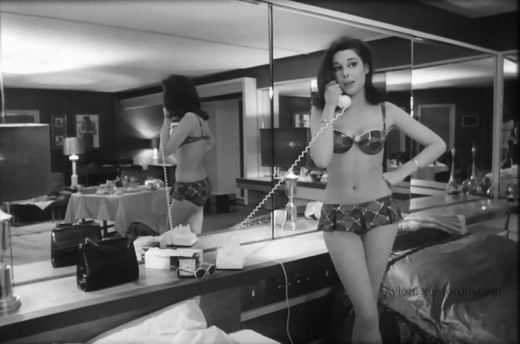


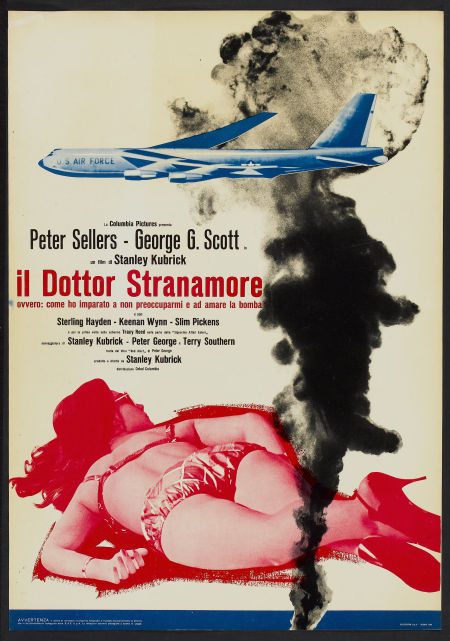
The Critics Wrote –
"One of the most cogent, comic and cruel movies to come along in many a year, and one of the best. Don’t miss it.” (Judith Crist)
"The most courageous film ever made... Kubrick has flushed a monster from its psychic lair — the universal fear of nuclear accident — and then proceeded to feed and nourish it, letting it perform its worst before your eyes.” (New York Review of Books)
"Nothing would seen to be farther apart than nuclear war and comedy, yet Kubrick's caper eloquently tackles a "Fail-Safe" subject with a light touch. While there are times when it hurts to laugh because somehow there is a feeling that the mad events in "Strangelove" could happen, it emerges as a most unusual combination of comedy and suspense." (Variety)
"The ultimate touch of ghoulish humor is when we see the bomb actually going off, dropped on some point in Russia, and a jazzy soundtrack comes in with a cheerful melodic rendition of "We'll Meet Again Some Sunny Day." Somehow, to me, it isn't funny. It is malefic and sick." (Bosley Crowther, New York Times)
“No Communist could dream of a more effective anti-American film to spread abroad than this one. US officials, including the President, had better take a look... to see its effect on the national interest.” (Chalmers Roberts, Washington Post )
“What makes the picture so funny, terrifying and horribly believable is that everyone in the film really has learned to stop worrying, as smokers do about lung cancer after living with the statistics for a bit.” (Penelope Gilliatt)
"Twirpish twaddle... And if you have been under any illusion about Kubrick's competence as a director, look at the absurd performance he allowed George C. Scott to give." (Films in Review)
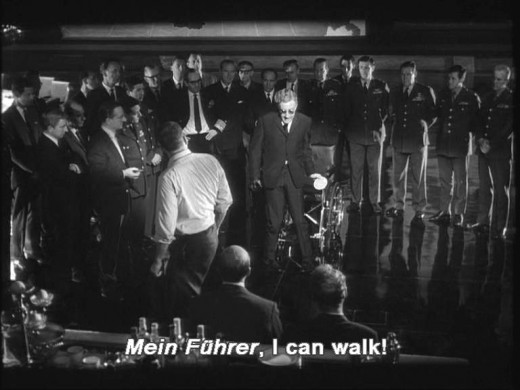

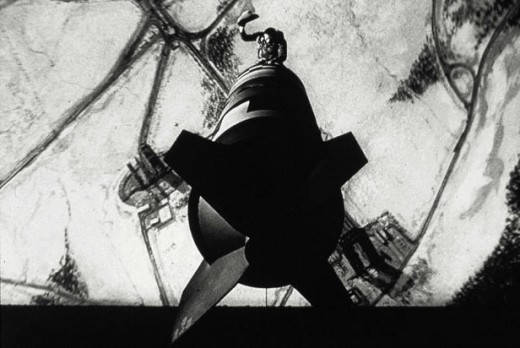

© 2011 Steve Lensman



